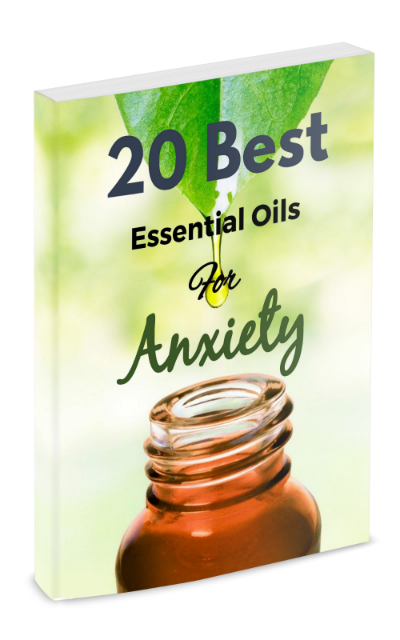Cumin essential oil comes from the seeds of the plant Cuminum Cyminum. Cumin is a short plant and grows natively in the eastern Mediterranean, the Middle East, and South Asia. India is the world’s largest producer and consumer of cumin. Cumin is spicy, pungent and uplifting.
Cumin grows up to twenty inches tall. It has long and thin leaves, and produces small white or pink flowers. The small fruits, each carrying a single seed used to create the essential oil of cumin by steam distillation.

Uses of Cumin Essential Oil for the Mind
There are several potential benefits of cumin essential oil for the mind. By lowering high blood pressure and getting the digestive system into balance, cumin can reduce nervousness and promote a sense of well-being.
Essential oil of cumin can also be used to promote emotional balance. It can improve learning ability by helping us think clearly and it improves our cognitive functions.
Cumin Essential Oil Helps Relieve Anxieties Caused By:
- Physical and mental abuse
- Repressed anger and emotions
- Chronic emotional pain
Blending Cumin Essential Oil for Additional Anxieties:
- Clove and Coriander: Anxiety caused by emotional self-doubt
- Rosewood and Jasmine: Calming when overburdened with problems
- Ylang-Ylang and Vanilla: Fear and anxiety. The urge to isolate oneself.
Uses of Cumin Essential Oil for the Body
Cumin essential oil has beneficial effects on the digestive system. It acts as a bactericidal and stimulant and helps treat bacterial diarrhea, sluggish digestion, and to stimulate intestinal motions. Cumin also has a carminative effect, helping to expel gasses and prevent their creation.
Cumin oil also acts as a diuretic, increasing urination. This can reduce swelling, clean kidneys, and lower blood pressure. Increased urination also helps remove toxins from the body.
Cumin essential oil is also sometimes used in anti-cellulite massages, along with other essential oils. Cumin can help deal with cramps and to tone the skin and muscles. The essential oil of cumin also has antioxidant properties, another reason why it’s used in skincare products.
Cumin in Ancient History
Cumin is a spice with a long history of use. Based on archaeological evidence, we know that cumin has been used at least as early as the second millennium B.C. Ancient Egyptians used cumin both as a spice and as an ingredient in the process of mummification.
The ancient Greeks used cumin as a condiment. It was regularly found on the table, much like salt and pepper are today. It was just as popular among the Romans. References to cumin are in both the Old and the New Testament.
Cumin in Modern History
Heading into the Middle Ages, cumin was still a popular spice in Europe. Nearing the end of the Middle Ages, it fell out of grace in most countries. People in Spain and Portugal continued to use cumin as a spice, and those two countries were responsible for introducing cumin to the Americas.
By the nineteenth century, there was a growing interest by chemists of the time into distilling essential oils. Henry Victor Regnault, a French chemist and physicist, described the products of cumin oil distillation in the second volume of Elements of Chemistry: For the Use of Colleges, Academies, and Schools:
“Cumin seed, distilled with water, yields an essential oil composed of carburetted hydrogen C20H12, cymen, and another volatile oil C20H12O2, called cuminole. When oil of cumin is again distilled, the cymen passes over first, at about 392°, which temperature is maintained as long as any thing passes over, when the receiver is changed and the temperature raised by passing a current of carbonic acid gas through the retort: the cuminole then distils.“
Cumin Essential Oil Cautions
When applying cumin oil directly to skin, exposure to sunlight should be avoided. Cumin oil is known to cause photosensitivity. It is better used sparingly on the skin, as it can cause skin sensitization. It strong scent could cause nausea.
Cumin essential oil should be avoided during pregnancy.


